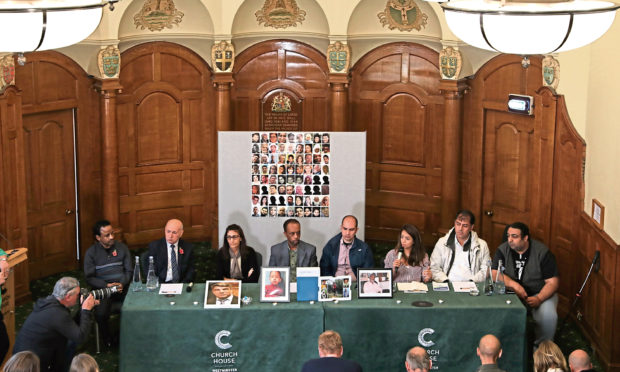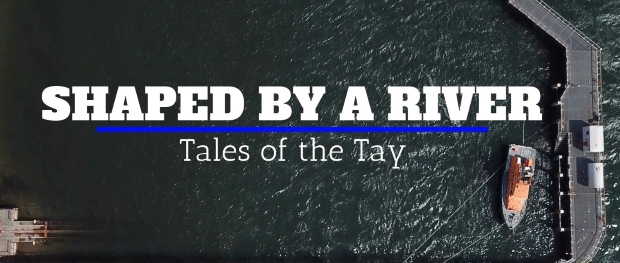Here come the stories. The Tories tell one about how splurging public cash and acting tough on crime will make this a better land. The Conservative plan looks more like throwing money up against the wall, to paraphrase Boris Johnson.
Labour have a tale about spending billions to renationalise things. That’s how they’ll build Jerusalem. It goes unexplained how public ownership equates to better services.
The Nats will be telling their story about independence, strangely similar to the Brexit Party’s line, though apparently quite different.
Elections are about simple tales with happy endings.
Which is why the Grenfell story is so timely.
The way the deaths of 72 people in a towering inferno is told sits at the heart of how we are governed.
One version is about faulty institutions and bad engineering. It tells the tragic tale as a catastrophe of badly designed cladding and horribly misguided leadership of the London Fire Brigade.
This has been determined by the public inquiry.
It published a report this week, looking at the sequence of events of June 2017. It also examines the role of the emergency responders.
Another report will come from the inquiry later, which will look at technical matters such as the cladding.
This first report includes the testament to the survivors and their families. As such, it has been welcomed by them.
Slowly choking on acrid smoke, as intense heat crackles the skin, is a terrifying way to die. We need that reminder, because it is the essential truth of the story.
Two years ago a fridge caught fire in a flat in Grenfell Tower. It spread to the external cladding, which burnt like tissue paper. The inferno lasted for hours.
When the fire was out a new threat arrived – how the story of the night was told.
There was much lobbying of the public inquiry to take a broad view of what happened.
This was driven by a community who had warned about the cladding in advance. They had also said the chain of accountability in the local authority was broken. That is, they had identified the problem before it became a tragedy.
However, the chairman of the inquiry excluded wider social, economic and political factors from the remit. This was legitimate – public inquiries can often get lost in the trees of detail and paperwork.
What was wrong was that May didn’t set up a parallel inquiry, drawing its conclusions from the same body of testimony and written evidence as the first one, to look into the wider story. In the absence of that tale, we have only firemen and cladding manufacturers left to blame.
Which suited Whitehall, who allowed excerpts of the report to go early to the media. This led to headlines all about the failures in the fire service.
That shaped the idea that this was a tragedy removed from politics.
This allowed Boris Johnson to solemnly tell the House of Commons that the government would abide by all recommendations. Survivors were quick to point out that as the government had yet to act on existing recommendations, it was hard to take Johnson at his word.
In another version of the story, Johnson is mayor of London when cuts were made to the fire service, cuts which firemen say contributed to the flawed response on the night.
Boris left the mayor’s office to join the Cabinet as foreign secretary. He was a member of a government which made savage cuts into public spending.
It would be as ridiculous to blame Boris as to blame the firemen. All involved were doing what they considered the right thing, and acting within the limits of their role.
But the political class in general holds much greater responsibility than the emergency services or local government employees. It was the leadership of this country that set the circumstances of the fire.
Grenfell is the story of a death foretold. A tragedy set out in a thousand small decisions, all driven by a political culture which put budget cuts and the lowest bidder first.
Not a murder, not a killing – nobody wanted this outcome.
But preventable, horrible deaths that occurred in underfunded social housing, in unfashionable poor parts of a wealthy authority, to people whose voices never registered above a whisper to a bureaucracy run ragged by budget cuts.
Which is a story to be found in every hospital, school and public housing group in the country. It is the issue of the election.
Follow our special series at www.thecourier.co.uk/tay



